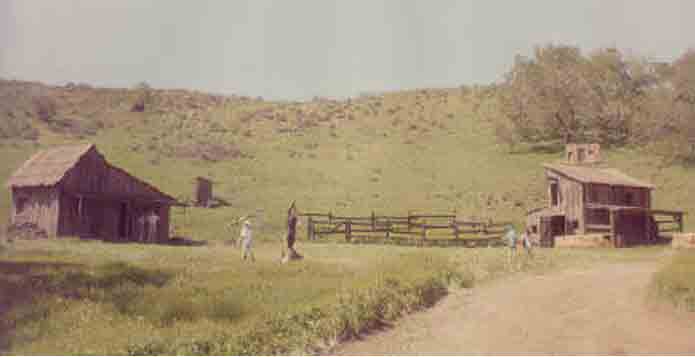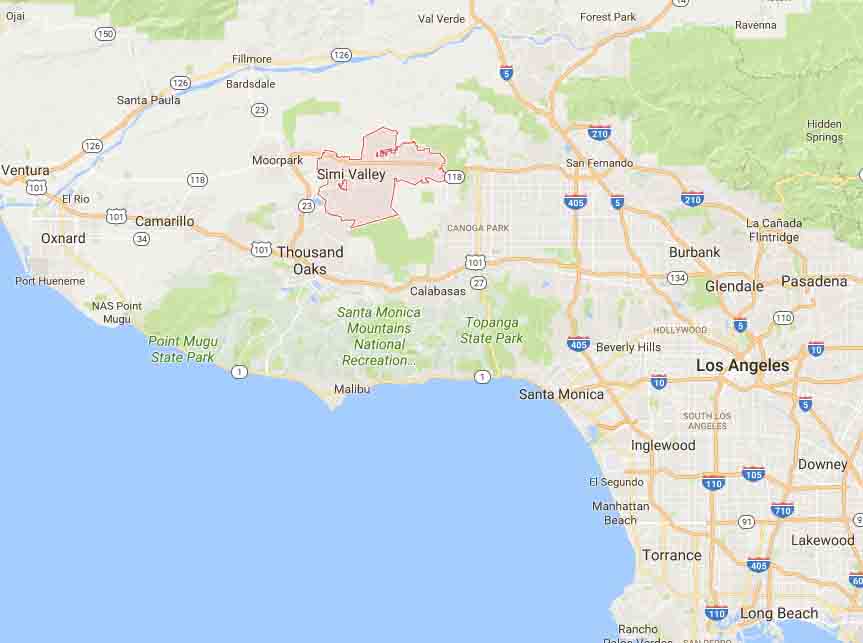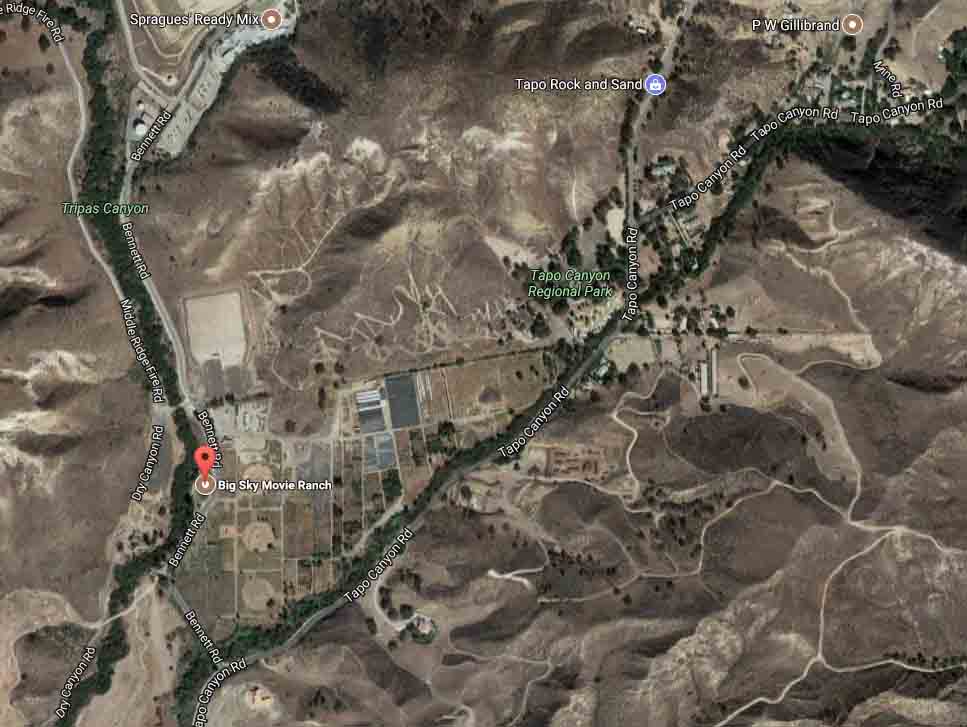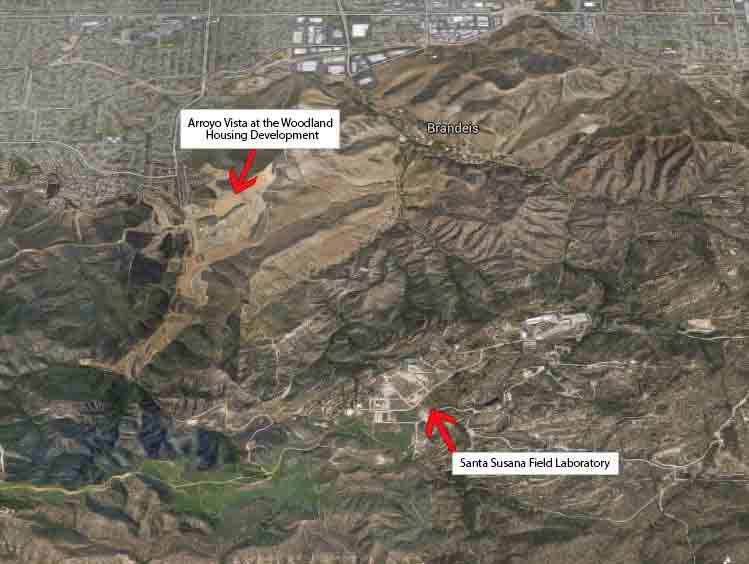“Little House on the Prairie” TV Set, near a Radioactive Waste Dump?
The Simi Valley Ranch Set Was Contaminated With Radioactive Waste
was this to blame for the high cancer rates in the cast and crew?
Simi Valley Housing Development Rising Next to a Former Nuclear Test Site
Some experts say developers threw out older radioactivity studies to get the project approved.
The canyons of Simi Valley are an enticing location for a home, and a new development, tucked deep into a canyon is offering a bit of paradise to homebuyers. Its natural terrain promise years of pleasant hikes, regular wildlife spottings, and the nightly sunsets over the hillside are enough to fill a thousand Instagram accounts. It’s so pretty, it’s almost enough to forget there is an environmental disaster just over the bluff.
But NBC4 is raising questions about whether developers of the new Simi Valley housing project properly tested their land for radioactive contaminates from a nearby nuclear test facility.
The Arroyo Vista at the Woodland housing development is being built in Simi Valley’s Runkle Canyon, just a little over a mile to the north of the former Santa Susana Field Laboratory. Decades of nuclear testing at the site have left radioactive contaminants in the surrounding soil that could have reached as far as the new housing development. KB Homes, the developers behind the Arroyo Vista project, has run several tests for soil contamination, but some officials are worried that the developers haven’t been honest about the safety of land near the Santa Susana lab.
The Santa Susana Field Laboratory has quite a troubled history of contamination and cleanup. The lab opened in 1947 as a place to test rocket engines, and conduct experiments in nuclear power. In 1959, the site experienced its first nuclear accident (kept secret from the public until 1979), when a reactor suffered a partial meltdown, contaminating the site with “cancer-causing” strontium-90 and cesium-137. Two more reactor accidents would occur in the 1960s. In 1989, the Department of Energy revealed the groundwater, soil, and bedrock near the lab had all been contaminated by radioactive waste.
In 1996, Boeing Co. gained control of the property as part of a larger business acquisition, and in 2007 agreed to clean up the contaminated site with the cooperation of NASA and the Department of Energy. (Those agencies both own portions of the site.) Several outside parties chimed in, advocating for a more comprehensive decontamination than Boeing Co. was willing to undertake. In 2007, a state law was passed to mandate the site cleanup be held to a higher standard than usual, and the EPA blocked federal cleanup funds for the site, because they felt federal cleanup standards would not do enough to stop contaminated runoff from reaching neighboring areas. The EPA director at the time, Linda Adams told the LA Times a “higher standard was warranted,” because “we know that stuff doesn’t stay on the mountain.”
Cleanup was held up for years while Boeing Co. appealed the new state law. In 2014, Boeing Co. won their appeal, allowing them to clean the site only to a level safe enough to meet residential standard. Boeing Co. still plans to clean the site, but according to figures from NASA and the Department of Energy, it will take twelve years worth of soil removal to get the land back to an acceptable level of contamination.
While the environmental issues were being discussed litigated, talk was already beginning about developing the land on the other side of the hill. Back in 1998, before KB Homes came along, another housing project was planned for the site by a different developer. Because of the land’s close proximity to the Santa Susana lab, studies were commissioned to test the soil for contaminates. One test by Foster Wheeler Environmental consultants found that of the 58 soil samples they gathered from the site, all were found to have between two and 165 times the level of radiation the EPA deems normal. After additional reports found elevated levels of the radioactive material strontium-90 in the land, the developer balked, and sold the 1,500 acres for $30 million.
But the idea of a new housing development did not die easy, and KB Homes stepped in with development plans of their own. Their Arroyo Vista at the Woodlands development calls for a sprawling neighborhood of 450 homes (with prices starting at $700,000), surrounded by park land and nature trails. They paid for their own environmental studies done in 2007 and 2010, and the state even did some of their own testing as well. This time, the results were much different. The later reports all found a “less than significant” amount of radiation in the area. The Department of Toxic Substances Control agreed, and it was these newer reports that KB Homes used to get their development approved by the city.
Not everyone is convinced. Some environmental experts are saying KB Homes is walking a dangerous line by picking and choosing which environmental reports they use to determine the safety of the soil. Former Energy Department advisor, Robert Alvarez believes the old findings are not to be discounted. He told NBC4, “you can’t just throw out those samples and pick the lowest ones.”
Others are throwing the DTSC under the bus, saying their approval of a project might not necessarily be sacrosanct. NBC4 points out they’ve given the all clear on other projects that later turned out to be environmentally unsafe before. In 2014, the DTSC approved a housing project on a former sewage plant in Riverside, stating there were no toxic PCBs found on the site. Later, after construction had began, the EPA did their own tests for PCBs and found the DTSC had been mistaken. The housing project was subsequently shut down by the community.
KB Homes is defending their decision to move forward with the Arroyo Vista at Woodland project, saying “under no circumstances” would they have built on land that “posed potential health issues.” The developers “deferred to the experts” to determine safety, and seem confident with their findings. Time will tell if the DTSC’s determination is correct here.



